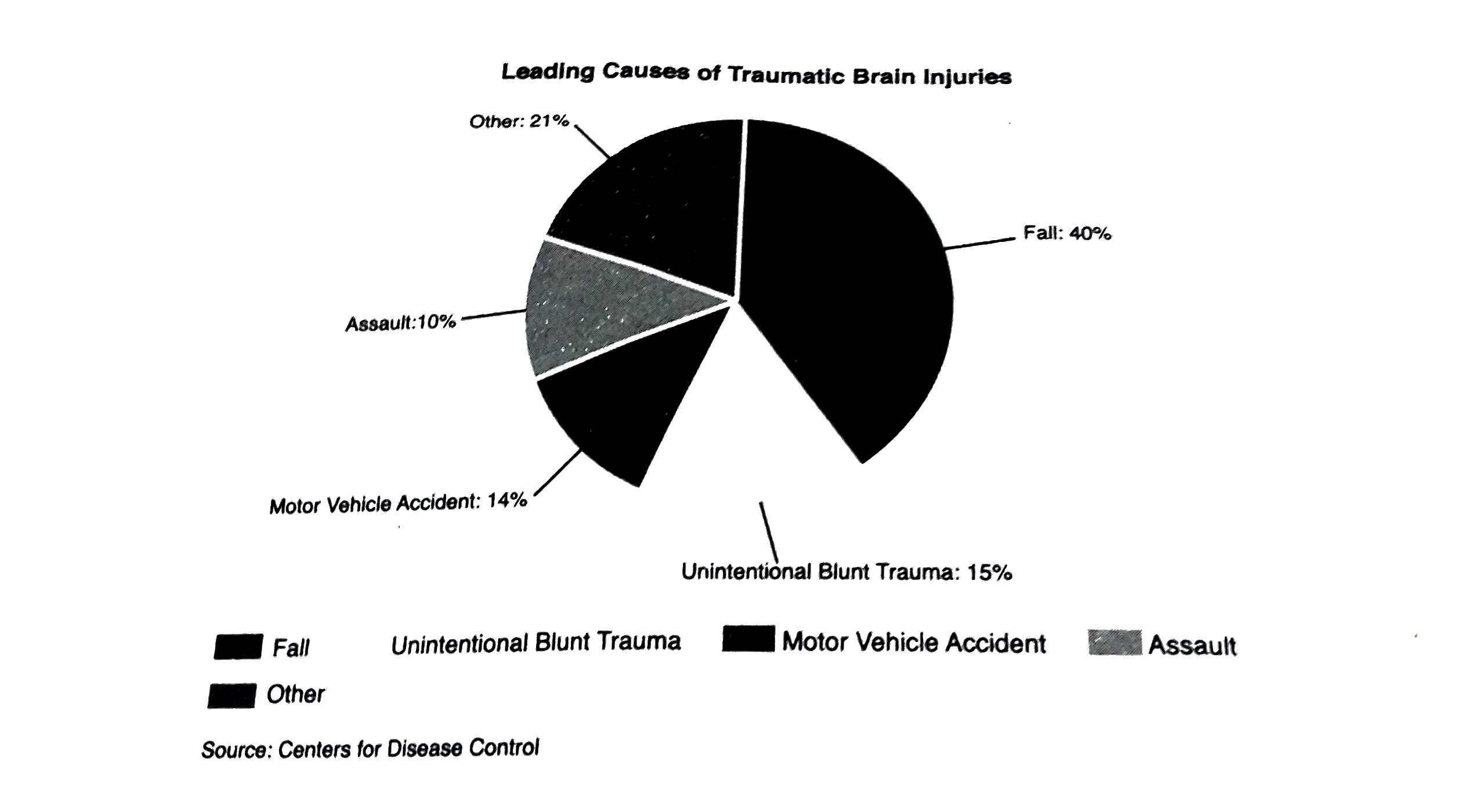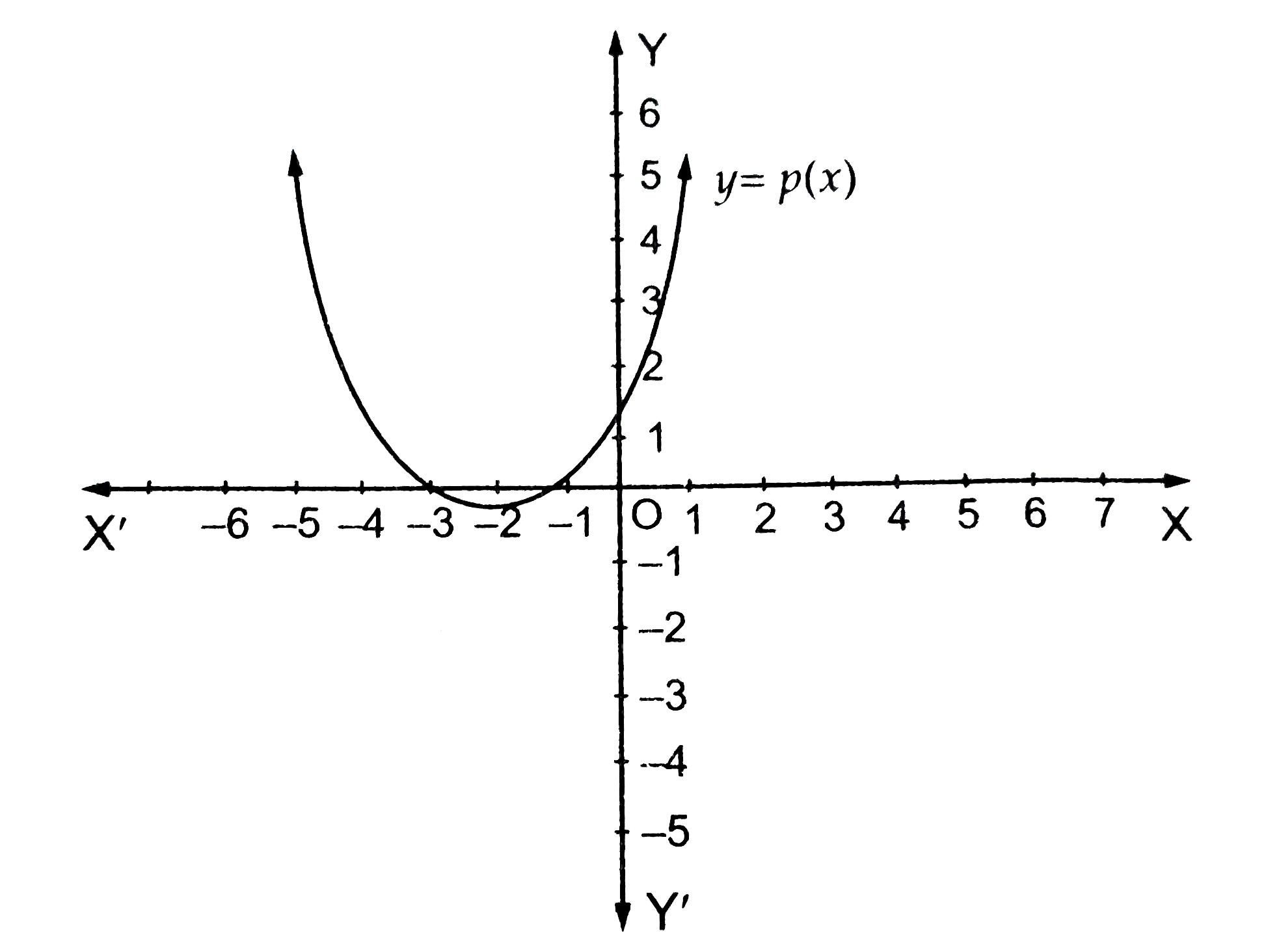Germs make us sick.It's an elementory truth that we each to our children. It's why we wash our hands before eating. It's why we pasteurize our milk and refrigerate our food. When they do make us sick, oour ability to safely exterminate them is nothing short of a modern mriracle. Beginning with penicillin in 1928, antibiotics foreever transformed the way we both treat and prevent infectious diseases. Today, moreover,one can stroll down any cleaning supply aisle at a supermarket, and discover a bevy of products boasting of their broad-spectrum antimicrobial activity.For better or for worse, our culture of "germophobia" was hard-won by its proponents. From the time it was first proposed in the 16th century, the germ theory of diseases faced three hundreds years' worth of influential nayasayers and it was not until the late 1800's that the theory began to gain the pervasive public vindication it enjoys todays. However, an emerging body of research indicates that we have been perhaps overzealous in our crusade to eradicate the germs that live within us. The "human microbiome" refers collectively to the microscopic organisms that application of dynamic ecological theories to this biome represents a rapidly expanding feild of study. Comprised of fungi, viruses, archaea and perhaps 1000 species of bacteria, the population of this microbiome is thought to outnumber our own cells, a significant portion of these organisms play crucial roles in our metabolic and immunological processes. For example, Oxalobacter formigenes, Which colonizes the colon, is primary source of the enzymes oxalyl-CoA decarboxylase, which allows us to safely eliminate dietary exalata. Without this enzyme, calcium oxalate saltts tend to accumulate in the kidney tubules and eventually precipitate as renal stones. Other colonic bacteria catalyze the reduction of bilirubin into urobilinogen: a reaction critical to our digestion of fats, and absorption of fat-soluable vitamins. Interestestinal tracts also directly synthesize sevweral vitamins in excess of their own metabolic needs, and as a result, represent an important source of both vitamin B12, which is necessary for the production of new red blood cells and vitamin k, which is a cofactor in the synthesis of several blood clooting factors. The benefits we gain from a balanced, thriving microbiome are diverse and we are only just beginning to appriciate their true complexity, through perhaps no signal function it serves is more significant than its role in regulating our immune systems. There are numerous mechanisms by which the microbiome helps protect us from diseases. Some speices, for instance, secrete special proteins, known as "bacteriocins" that are directly toxic to pathogenic bacteria, but harmless to our own cells. One particularly impressive members of the microbiome, Lactobacillus, produces a powerful bacteriocin called reuterin, as well as lactic acid and hydrogen peroxide, which inhibits the growth of disease- causing organisms by lowering local pH and damaging lipids membranes repectively. Of no less importance, there are a number of more indirect, ecological-oriented ways in which the microbiome confers protection to its host. abundant colonization of our bodies by benign microorganisms, for example, inhibits the overgrowth of more dangerous ones through the sheer depletion of microbial nutrients. This notion of ecological balance has been of particular interest to scientists studying the microbiome, as it hinges upon both the variable diversity of species that colonizes an individual, as well as fators that affect the dynamism of a microbiotic population. Age, geography, diet, and stress have all been implicated in influencing both the composition and balance of the microbiome. None, however, has been shown to have so drastic an affect as the use of antibiotics, wich unlike bacteriocins, trend to be just as deadly to disease-causing bacteria as they are to those that colonize us naturally. Admittedly, antibiotics save lives. Yet our decision to use them must be weighed carefully, as artificially as, artifiicially upsetting the ecological balance of our bodies can have direconsequences. These is perhaps no greater example of this than Clostridium difficile, a colonic bacterium that is both highly resistant to antibiotics and an increasing cause of hospital-acquired disease. When properly counterbalanced by its neighbouring species, C. diffcile is harmless to humans. However, following the administration of antibiotics and the elimination of its ecological competitors. C. diff prolifernation procedds unchecked, resulting in a frequently fatal infection for which very few effective treatment exist.
Q. The general structure of the passage is best described as
a broad introduction following by specific illustrations.
a logical, point-by-point argument.
an interesting look followed by in depth presuasion.
a sequence of technical examples.
The correct Answer is:A
(A) This passage opens with preface on germs and antibiotics generally before moving into specific examples of benificial bacteria and of instances when antibiotics have been harmful rather than helpful.Choice (A) is the only option that captures that structure. (B) and (D) fail to recognize the introduction. While (C ) doesn't consider the use of exemplification.
Topper's Solved these Questions
Similar Questions
The folowing is an excert from Jane Austem's Mansfield Park,1814. The novel's protagonist, Fanny Parice, returns home after many years of living with her wealthy relatives at Mansfield Park. William was gone: and the home he had left her in was-Family could not conceal it from herself-in almost every respect the LINE very reverse of what she could have wished.It was the abode of noise,disorder and impropriety. Nobody was in their right place, nothing was done as it ought to be. She could not respect her parents as she had hoped. On her father, her confidence had not been sanguine, but he was more negligent of his ners coarser, than she had been prepared for. He did not want abilities,but he had no curiosity and no information beyond his profession,he read only the newspaper and the navy-list,he yalked only of the dockyard, the harbour, Spithead and the Motherbank, he swore and he drank, he was dirty and gross. She had never been able to recall anything approaching to tenderness in his former treatment of herself. There had remaind only a general impression of roughness and loudness, and now he scarcely and loudness, and ow scarcely ever noticed her, but to make her the objective of a coarse joke. Her disappointment in her mother was greater,there she had hoped much, and found almost nothing. Every flattering scheme of being of consequence to her soon fell to the ground. Mrs. Price was not unkind,but, instead of gaining on her affection and confidence and becoming more and more dear, her daughter never met with greater kindness from her than on the first day pf her arrival. The instinct of nature was soon satisfied and Mrs.Price attached had no other source. Her heart and her time were already quite full, she had neither leisure nor affection to bestow on Fanny. Her daughters never had been much to her sons, especially of William, but Bestey was the first of her girls whom she had pride, Bestey her darling, and John, Rechard, Sam, Tom and Charles occupied all the rest of her material solicitude, alternately her worries and her comforts. These shared her heart, her time was given chiefly to her hoouse and her servents. Her days were spent in a kind of slow bustle, all was busy without getting on, always behindhand and lamentating it, without altering her ways,wishing to be an economist, without contrivance or regularity, dissatified with her servents,without skill to make them better and wheather helping, or reprimanding or indulging them, without any power of engaging their respect. Of her two sisters, Mrs. Price very much more resembled Lady Bertram than Mrs. Norris inclination for it or any of her activity. Her disposition was naturally easy and indolent, like Lady Betram's and a situation of similar affluence and do-nothingness would have been much more suited to her capacity than the exertions and self-denials of the one which her imprudent marriage had placed her in. She might have made just as good a women of consequence as Lady Bertram, but Mrs. Norris would have been a more respectable mother of nine children on a small income. Much of all this Fanny could not but be sensible of. She might scruple to make use of the words, but she must and did feel that her mother was a partial, ill-judging parent, a dawdle, a slattern, who neither taught nor restrained her children, whose house was the scene of mismanagment and dicomfort from beginning to end and who had no talent, no conversation, no affection towards herself, no curiosity to know her better, no desire of her freindship and no desire of her freindship and no inclination for her freindship and no inclination for her company that could lesen her sense of such feelings.Fanny was very anxious to be useful and not to apperar above her home or in any way disqualified or disinclined by her foreign education,from contributing her helps to its comfort and therfore set about working for Sam immediately and by working early and late, with preservance and great despatch, did so much, that the boy was shipped off at last, with more than half his linen ready. She had great pleasure i feelings her usefulness,but could not conveive how they would have managed without her.
Q. What best describes what happens in the passage as a whole?
View SolutionBased on the evidence in the graph,which of the following is true?

View Solutionएमाइडो से ऐमिन बनाने के प्रयुक्त अभिकर्मक है -
View Solutionलेन्थेनाइड क्या हैं? इनको पृथक करना क्यों कठिन है? समझाए ।
View Solutionसंक्रमण तत्व संकुल यौगिक बनाते है, क्यों?
View Solutionएक कुण्डली का क्षेत्रफल 100सेमी2 है तथा उसमें 500 फेरे है | यदि कुण्डली के तल के लम्बवत चुम्बकीय क्षेत्र 0.1 सेकण्ड में 0.2वेबर/मी2 से घटकर शून्य हो जाये तो कुण्डली में प्रेरित विधुत वाहक बल का औसत मान ज्ञात कीजिए |
View Solutionदिल्ली स्टेशन से, यदि हम 2 टिकट स्टेशन A के तथा 3 टिकट स्टेशन B के खरीदते हैं तो इनका कुल मूल्य १ 77 है परन्तु यदि हम 3 टिकट स्टेशन A के तथा 5 टिकट स्टेशन B के खरीदते हैं, तो इनका कुल मूल्य र124 है। दिल्ली से स्टेशन A तथा स्टेशन B तक टिकट के मूल्य ज्ञात कीजिए।
View Solutionएक राजमार्ग पर दो बिन्दु A और B एक दूसरे से 90 किमी की दूरी पर है। एक कार A से तथा दूसरी कार B से एक साथ चलती हैं। यदि वे एक दिशा में चलती हैं, तो वे 9 घण्टे बाद मिलती हैं और वे विपरीत दिशा में चलती हैं, तो 97 घण्टे बाद मिलती है। उनकी चाल ज्ञात कीजिए।
View Solutionसमस्याओ में रेखिक समीकरणों के युग्म बनाइए और उनके हल (यदि उनका अस्तित्व हो ) विलोपन विधि से ज्ञात कीजिए :
यदि हम अश में 1 जोड़ दे तथा हर में से 1 घटा दे , तो भिन्न 1 में बदल जाती है । यदि हर में 1 जोड़ दे तो यह 12 हो जाती है । वह भिन्न क्या है ।
View SolutionFe,CuSO4 विलयन से Cu विस्थापित कर देता है जबकि Ag, तथा PtCuSO4 विलयन Cu से विस्थापित नहीं कर पाता क्यों ?
View Solutionयदि चित्र बहुपद p(x) का आलेख दर्शाता हो, तो बहुपद के शून्यक ज्ञात करे |

View Solutionयदि किसी बहुपद को −x2+x−1 से विभाजित किया जाये तो भागफल x -2 तथा शेषफल 3 प्राप्त होता है, तो बहुपद है :
View Solution10.0 ग्राम अवाष्पशील विलेय को 180 ग्राम जल में घोला गया. यदि वाष्पदाब में आपेक्षिक अवनमन 0.005 है तो ठोस का अणुभार ज्ञात कीजिए.
View Solutionप्रेशर कुकर के उपयोग से खाना जल्दी पकता है, क्यों ?
View Solutionजल की ∧0m ज्ञात करने का एक तरिका बताइय |
View Solutionहम किस प्रकार कह सकते हैं कि जीवाणु हमारे मित्र हैं ? समझाड़ए।
View Solution
